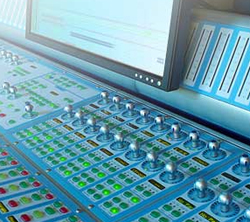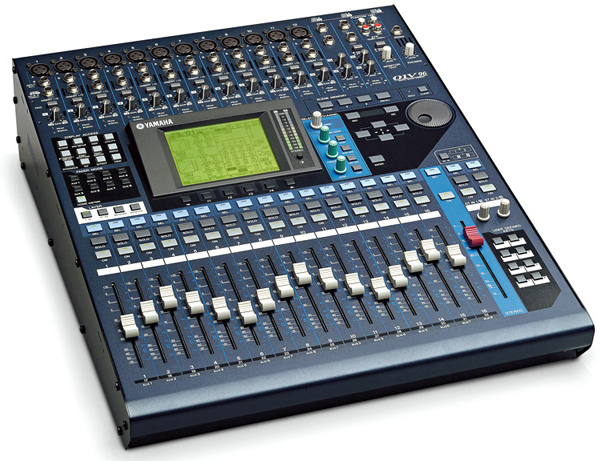I remember the first time I used a digital console for a live show, at a corporate event that was taking place on an airfield in the California desert.
I was mixing in a tent with the “talking heads” on lavalier microphones, standing in front of a parabolic set, and rented air conditioning units giving off about 90 dB of noise.
Outside, professional drivers were racing the cars of the company putting on the show.
A tight corner on the track sat right outside my tent, and the screech of tires at the mix position was deafening.
The console was a Yamaha O1V. I’d never used it before and had about 15 minutes to learn before rehearsals. Somehow, I managed to get through the show.
After that experience, I quite liked the idea of a digital console.
The ability to set up cues had made mixing the show very easy, and even if the console didn’t sound exactly as I was used to, it was very convenient. The onboard dynamics were a bonus.
So I ordered a digital console for my next corporate show; unfortunately, it had some “problems” during rehearsals so I went back to analog. A couple of years passed before I would turn to a digital console again.
From those early days, the next time I got behind a digital board was with the U.S. introduction of the first Innovason model. The “French Console” – as we called it back then – was pretty remarkable.
It marked the first time I’d seen a large-format digital console built for the live market: 48 inputs (great!); 23 outputs (what am I going to do with all of those?); gates and compressors on every input (this could lead to trouble); compact stage box connecting to your local rack via two coax cables. (“Who are these people at Innovason and why haven’t we heard of them before?”)
I started working with an Innovason Sensory and was very impressed. Once you figured out the quirks, it was very easy to get around and store cues on. Others seemed impressed too, with Sensory desks showing up on a few tours.
Around that time, Soundcraft came out with the Broadway, a digital control surface that would control analog input and output racks. Celine Dion toured with one, but then we didn’t hear much more about the Broadway.
I think it was an LDI show, can’t remember where or when, and for some odd reason I strayed onto the Vari-Lite booth to look at some nodding buckets. Over in a corner was Howard Page of Showco sitting in front of a sleek looking thing with faders on it.
Fletch: “Hi Howard, why are you sitting in a lighting booth?”
Howard: “I’m showing our new mixing console, the signal stays in the analog domain and is controlled digitally from this surface.”
Fletch: “What the (expletive deleted)?!?”
Howard: “Would you like a run-through?”
I was thoroughly impressed by the ergonomics and audio quality of what Howard was calling the Show Console – it was well thought out and easy to use.
Fletch: “How much?”
Howard: “We’re not selling them. You have to rent them from Showco.”
Fletch: “I see.”


















